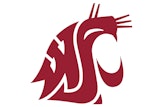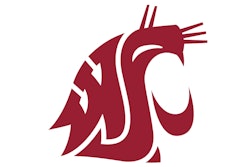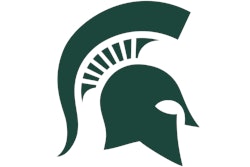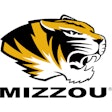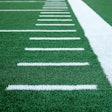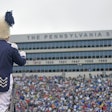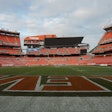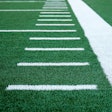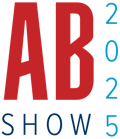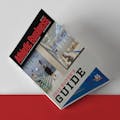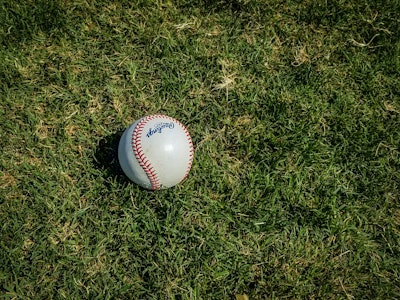
The California Coastal Commission voted 10-0, with one abstention, to approve the University of California, Santa Barbara's further development of Caesar Uyesaka Baseball Stadium on the condition that UCSB switches the surface from synthetic turf to natural grass.
The vote, held during its Wednesday meeting in Santa Cruz, drastically alters a $2.8 million project which began nearly four months ago, according to Noozhawk correspondent Mark Patton. The university skinned the stadium’s baseball field in September.
UCSB must now pivot to natural turf before its Feb. 23 home baseball opener against Sacramento State. The Gauchos are scheduled to begin workouts on Jan. 7.
Gaucho coach Andrew Checketts told the commissioners that UCLA, USF and Santa Clara all recently installed synthetic turf with the same organic infill that UCSB was planning to use. The soil at Caesar Uyesaka Stadium prompted Checketts to begin seeking donations for the project several years ago.
“Alternative field options have been attempted with limited success for years due to an impermeable subsurface and the timing of college baseball season, which begins preseason training during our wet season in January,” he told the commission, as reported by Noozhawk.. “Last year, we canceled 20 percent of our home games due to playing conditions.
“The alternative grass field that will be installed, if conditioned by the commission, is one that will require millions of gallons of water, reclaimed and domestic water, as well as heavy usage of gas-operated machinery.”
The commissioners, however, denied the use of synthetic turf on the recommendation of their staff. Approval of the project was originally taken off the consent calendar of their September meeting when the California Sierra Club raised its objections.
Wednesday’s vote appears to imperile any future synthetic turf projects for sports fields within California’s coastal zone.
“Use of artificial turf has become an emerging issue for our staff,” said Steve Hudson, the commission’s deputy district director for the South Central Coast.
“About a decade ago, when we saw an uptick in the use of these artificial turf systems, we originally approached and believed that these systems might be an important tool to adapt to the increasing frequency of our drought conditions in California.
“However, land use planning is an ever-evolving field. As our knowledge about the problem on non-point source pollution — in particular, microplastics — in our environment has grown, we’ve reevaluated our position and the environmental benefits and the adverse impacts to the environment from these source of artificial turf solutions.”
Dan Sawyer, founder and CEO of BrockFILL USA — the company that would have provided the infill for the artificial turf at Uyesaka Stadium — assured the commissioners that UCSB’s project was environmentally friendly.
“If you get current on the science, and the document said ‘trust the science,’ I think you’ll find that what UC Santa Barbara is doing is on the cutting edge,” he said, as reported by Noozhawk..
UCSB’s development plan pointed out that the system was “designed to ensure that sand, rubber, or other field materials are blocked from entering this drainage system.”
But Hudson said that the filtering of microplastics is “very tricky.”
“We may be talking more about a scale of how you could reduce — not necessarily eliminate — microplastics from that sort of storm water,” he said. “And frankly, our concern is that there are other methods of transport that haven’t been addressed by the university either this week or in our previous questions.”
That included having microplastics “tracked out” of the stadium on the shoes of the athletes or blown into the environment by wind.
Kelly Barsky, UCSB’s director of athletics, told the commissioners on Wednesday that the university would be willing to work them and their staff to find some “alternative consideration that may find some compromise that we can feel comfortable with.”
She said the university could regularly test the water for microplastics and chemicals “at the inlet and the catch basin … report that information and continue to use mitigation techniques after reporting them.”
But her offer received little enthusiasm from the commission or its staff.














